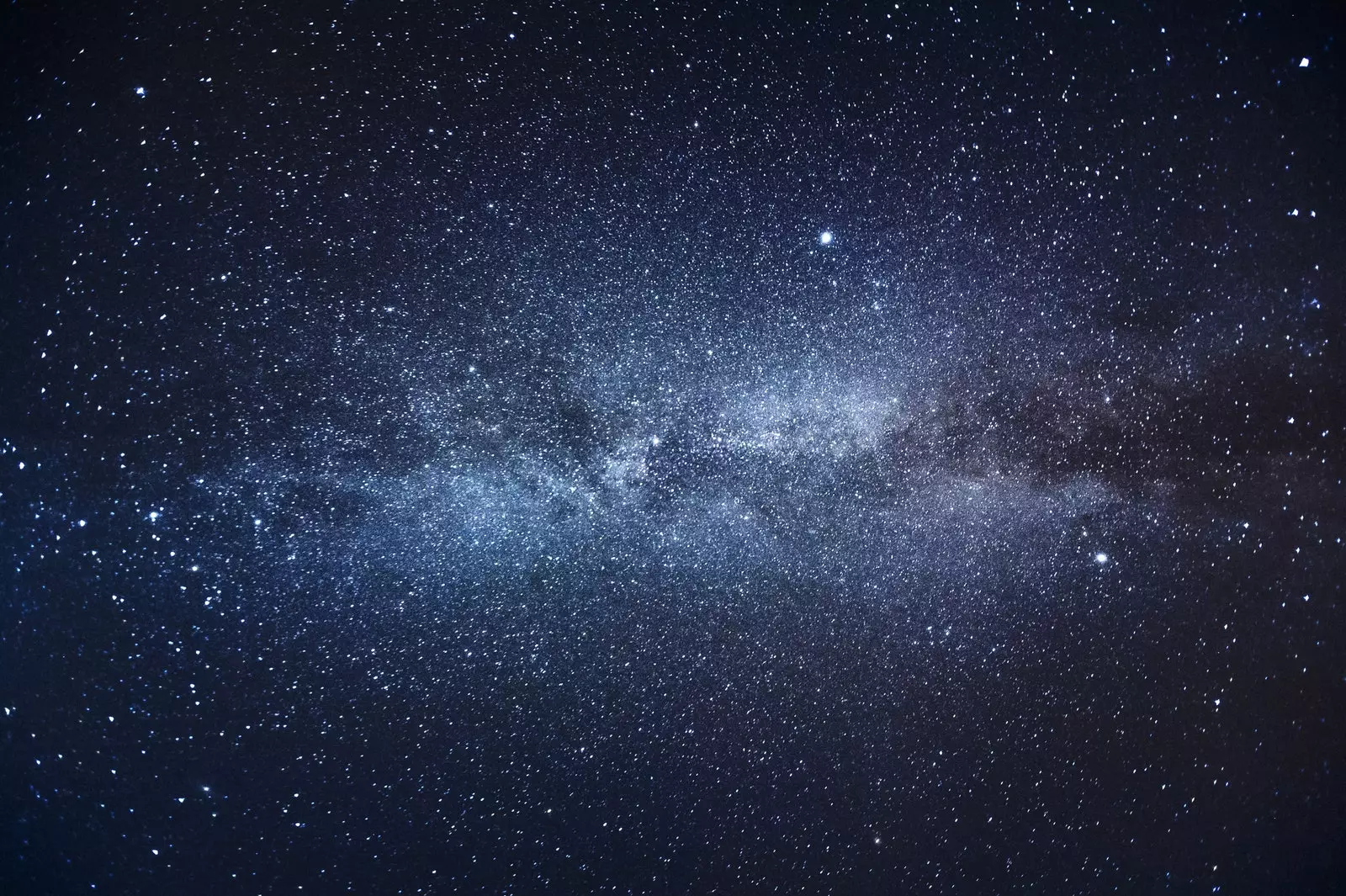
How does our Solar System sound?
Have you ever wondered what our Solar System sounds like? The truth is that it would be difficult to guess. Imagine all the conjunction of planets, stars and beings in the depths of space in a NASA playlist.
That's how it is Sinister Sounds of the Solar System , a new collection of sounds recorded by NASA and shared to make this Halloween a little more terrifying.
“Have you ever heard the cracking and laughing noises of our universe? Using data from our spacecraft, our scientists collected new ominous sounds from the depths of space in time for Halloween ”, they point out on the NASA website.
These sounds belong, for example, to tremors on mars . “NASA's Mars InSight lander has measured and recorded, for the first time in history, a probable "marsquake." The lander's Seismic Experiment for Interior Structure instrument detected a weak seismic signal in 2019." You can listen to her on the podcast called InSight Lander Martian Quake Sol 173.
Also sounds from the ancient universe, that is, from our universe** 13.8 billion years ago**, when it was empty of stars and planets, and was just a ball of hot plasma, a mixture of electrons, protons and light .**Sound waves rocked this childish universe**, triggered by minute fluctuations that occurred moments after the Big Bang. The sounds of the early universe were captured by the spacecraft ESA's Planck . Isn't that surprising? Well there is more.
The melodies of the so-called 'Galactic Center' belong to the sounds of the Milky Way . “Telescopes give us the opportunity to see the galactic center in different types of light, and zoning is the process that translates data into sound. Observations from NASA's Chandra X-ray Observatory bring us sounds from the four million solar mass supermassive black hole at the center of the Galaxy."
In addition to the Rotating Auroras of Jupiter recorded on its fourth close pass by Jupiter on February 2, 2017. It was at this time that NASA's Juno spacecraft "observed signs of plasma waves from Jupiter's ionosphere." Juno's Waves instrument measured radio waves that you can hear on the track of Swirling Auroras of Jupiter.
